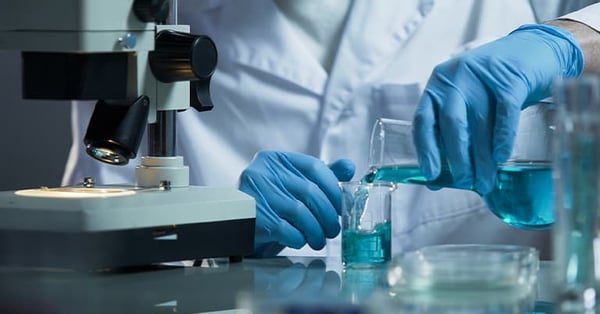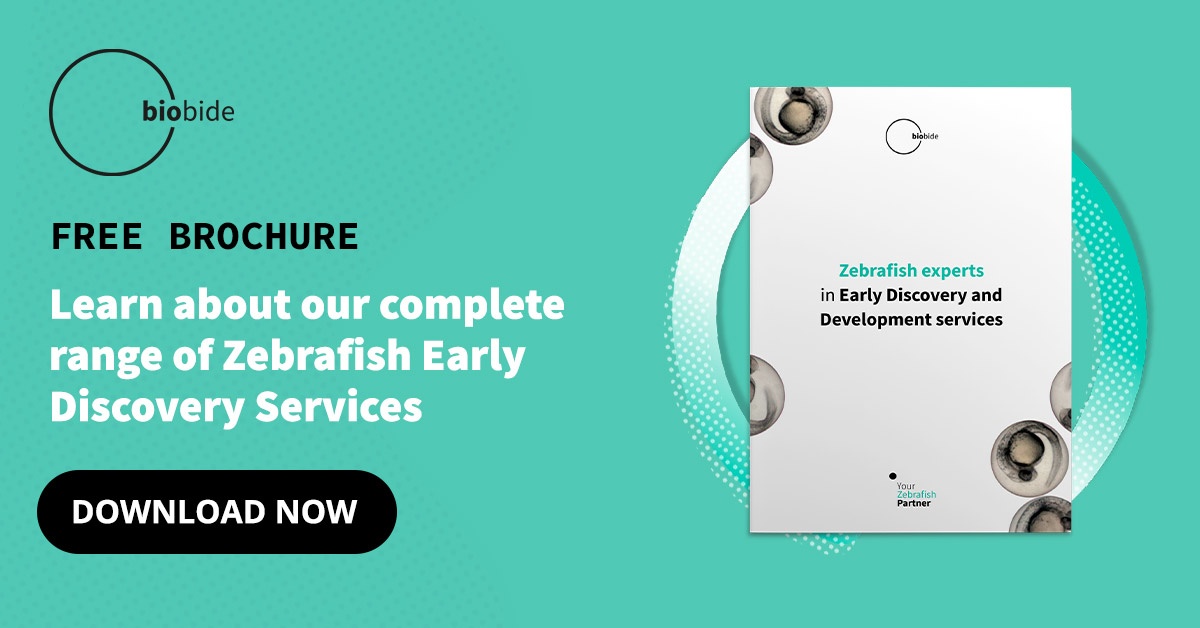The Food and Drug Administration (FDA) is pushing for alternative models in drug development is a positive step forward for both patients and the pharmaceutical industry, and it is expected to have a significant impact on the way drugs are developed and tested in the future. It is expected to have a significant impact on the way Drugs are developed and tested in the future, reducing or even abolishing the use of animal testing methods, and replacing them with New Alternative Methods (NAMs), that are more time and cost effective, and that fill higher ethical concerns.
As the world becomes more conscious of the ethical and environmental implications of animal testing, many US agencies have begun to support the use of NAMs in scientific research, Drug development, and toxicology. The US Food and Drug Administration (FDA), National Institutes of Health (NIH), and Environmental Protection Agency (EPA) are among the agencies leading the charge in promoting NAMs as more efficient, cost-effective, and humane alternatives to traditional animal testing methods.

The FDA has been promoting the use of alternative models in drug development for many years. In 2009, this agency issued guidance for the industry titled "Use of International Conference on Harmonization (ICH) Guidance on the Need for Carcinogenicity Studies of Pharmaceuticals" which encourages the use of non-rodent models in preclinical safety evaluation when appropriate. In 2020, the FDA announced its goal to reduce the use of animals in testing by 30% by 2025. This approach aims to reduce the reliance on traditional animal testing and instead use other methods such as computer simulations and human cell-based models to predict the safety and efficacy of new drugs.
The NIH has also been a strong supporter of alternative models. In 2002, this entity established the National Center for Advancing Translational Sciences (NCATS) to develop and validate new models and technologies for drug development. They have invested millions of dollars in the development of alternative models, including the use of zebrafish in toxicity testing as an alternative to murine models.
The EPA also actively promotes the use of alternative models in toxicity testing. The EPA's ToxCast program, launched in 2007, uses high-throughput screening (HTS) and computational toxicology methods to test the toxicity of chemicals, reducing the need for animal testing. Additionally, the EPA has been actively promoting the use of zebrafish as an alternative model in toxicity testing as they are small, easy to breed, have a fast life cycle, allow a great variety of tests in embryos, with fewer ethical concerns, and present a high genetic similarity to humans.
In addition, in 2019 the EPA proposed a new approach for assessing the safety of chemicals using new technologies and alternative models, for the replacement of traditional animal testing methods that would be phased out as soon as alternative methods are developed. Getting to reduce the investment in animal testing to 100% by 2035.
Overall, the support for alternative models by US agencies such as FDA, NIH, and EPA, is well established, and their efforts have been ongoing for many years. These agencies recognize the value of alternative models in reducing the use of animals in scientific research, drug development, and toxicology, and promoting alternatives that are more efficient, cost-effective, and that fulfilled higher experimental ethical concerns.
In support of this initiative, the US Congress recently announced plans to invest in the development of these alternative models. The goal is to accelerate the Drug development process, improve safety for patients, and reduce the use of animals in testing. President Biden has also spoken out in favor of this approach, stating that it will not only improve the Drug discovery and development process but also aligns with the Administration's commitment to advancing science and technology. He went on further to say "We are committed to making sure that our Drug development process is as efficient, effective, and ethical as possible, and the use of alternative models is an important step in achieving that goal."
One of the key benefits of NAMs is their ability to reduce the number of animals used in scientific research. The EPA has been actively promoting the use of NAMs in Drug development and toxicology to reduce the use of animals in testing by 30% by 2025, as mentioned above. The agency through the ToxCast program aims to identify and prioritize chemicals for further testing using High-Throughput Screening (HTS) and computational toxicology methods. This program uses NAMs such as cell-based assays, computational models, or zebrafish itself to test the toxicity of chemicals, reducing the need for animal testing. The NIH has also recognized the value of NAMs and has invested millions of dollars in the development of these alternatives, participating together with the EPA in the ToxCast program.
According to the alternative models proposed, one of the most promising NAM being promoted by these agencies is the use of zebrafish in toxicity testing. These fishes present various advantages as they are small, easy to breed, have a fast life cycle, and allow a great variety of tests in embryos, with fewer ethical concerns. Additionally, they present a high genetic similarity to humans making them a useful model for studying human diseases and a valuable tool in the development of drugs and assessing the toxicity of chemicals.
Overall, the support of NAMs by these US agencies is a positive step towards reducing animal testing, and promoting more efficient, cost-effective, and humane alternatives. As the world moves towards more ethical and sustainable practices, it is important that the scientific community follows suit and reduces the use of animals in research.
These agencies are leading the way in this effort and their work is to be praised. But they are supported by other important ones, such as the Humane Society of the United States, an organization that advocates for animal welfare and works to promote the use of alternatives to animal testing; the National Anti-Vivisection Society, dedicated to ending the use of animals in scientific research and promoting alternatives to animal testing; the International Council for Animal Protection in Pharmacology and Toxicology (ICAPPT), that promotes the use of alternatives to animal testing and the ethical use of animals in research; or the Center for Alternatives to Animal Testing (CAAT), an organization at John Hopkins University that works to promote the development, validation, and use of alternatives to animal testing.
Europe is also on this path even more years ago, with many several European entities promoting the use of alternative animals models, working on the validation of the assays done with them and the regulatory acceptance of alternatives to animal testing, like the European Centre for the Validation of Alternative Methods (ECVAM), that together with its homonym in the USA, the ICVAM. Or the National Center for the Replacement, Refine,ment and Reduction of Animals in Research (NC3Rs), a UK-based organization that works to develop and promote alternatives to animal testing; or the Fund for the Replacement of Animals in Medical Experiments (FRAME), a UK-based organization that works to promote the development and use of alternatives to animal testing; or the National Anti-Vivisection Society (NAVS) from London, the world’s first organization campaigning against animal experiments founded in 1875 by Miss Frances Power Cobbe.
In conclusion, the support for alternative models by European and US agencies is a clear indication of the growing concern for the ethical and environmental implications of animal testing. The promotion of NAMs such as zebrafish as alternatives to traditional animal testing methods is a positive step towards reducing animal use in scientific research and promoting more efficient, cost-effective, and humane testing methods.
Sources
- https://joint-research-centre.ec.europa.eu/eu-reference-laboratory-alternatives-animal-testing-eurl-ecvam_en
- https://ntp.niehs.nih.gov/whatwestudy/niceatm/iccvam/






